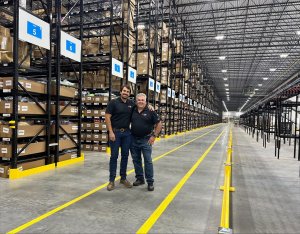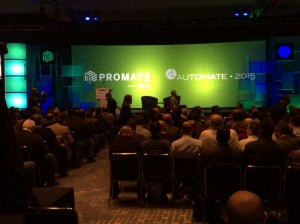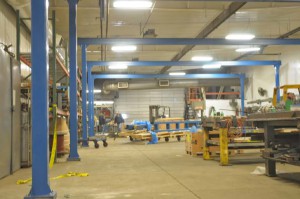SJF’s new President and Vice President leaders committed to upholding the company’s legacy of high-quality service. Winsted,...
Industry News
News and trends concerning the material handling industry.
Winsted, MN (May 15, 2024) – SJF Material Handling, Inc. is proud to announce its 45th anniversary....
Today’s post is courtesy of Bryan Hellman How long have robots been around? The mathematician, Archytas, created...
This past week saw Sam Sterner, Stafford Sterner, Vance Haugen and Eric Thovson got together to “Tee...
Promat 2015 – Material Handling Equipment Show Images Â
Over at Supply Chain Opz, they just released their “Power 50” list.  This list represents the most outstanding...
Hello again, readers! Today I’d like to tell you about some improvements we have going on at...
It’s been a few months since we’ve heard from our newest sales recruit – In this post,...







